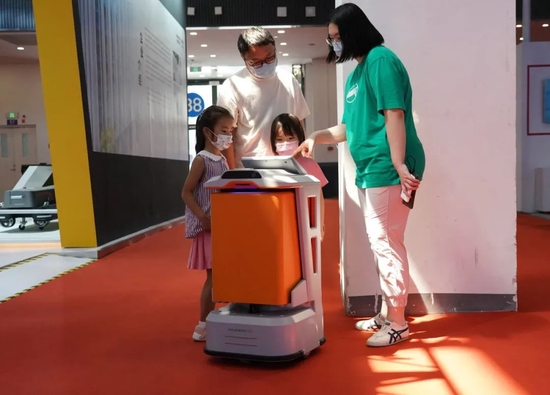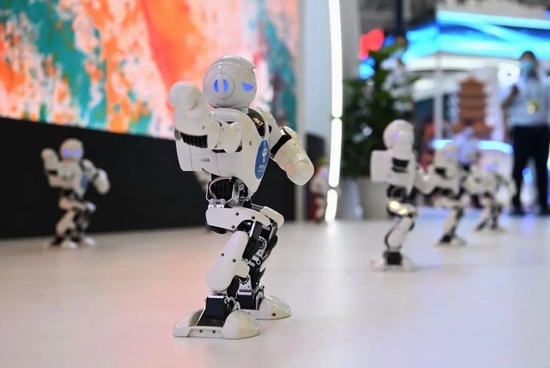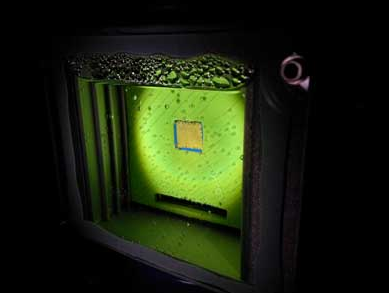your current location is:Home > TechnologyHomeTechnology
More than 30 new robots are launched, what do you want?
From August 18th to 21st, the 2022 World Robot Conference was held in Beijing. More than 130 companies brought more than 500 exhibits, and more than 30 new products were launched in the world. Some exhibits make the audience feel friendly, such as the robot that can make pancakes and fruits, which makes people drool; some exhibits make the audience laugh happily, such as more than 100 robot dogs tied to cloth tigers and dancing in groups on the red carpet. From a sci-fi style to a local style in seconds; some exhibits make the audience feel subtle, such as an engineer and a "same-face" simulation robot appearing together, which makes people worry about what if this is used for face recognition to steal bank cards?
Take a walk around an exhibition like this, and you're bound to think: What kind of robot do I want? Your ideas determine the future of a super industry.

The idea of robots replacing humans with heavy production line work is becoming a reality. In 2021, the density of industrial robots used in the global manufacturing sector has reached 126 units per 10,000 people, nearly doubling from 66 units per 10,000 people in 2015. The trend of "machine substitution" is obvious.
Application is the driving force for the rapid development of the robot industry. The development of industrial robots in China benefits from this. The transformation and upgrading of traditional industries and the high-quality development of emerging industries such as new energy vehicles, photovoltaic cells, and integrated circuits are inseparable from industrial robots. my country has been the world's largest consumer of industrial robots for many years. Industrial robots are used in 52 major industries and 143 industries in the national economy. In 2021, the sales volume of industrial robots in China will reach 256,300 units, a year-on-year increase of 49.5%.
Demand drives technological progress and industrial growth. The precision reducer that controls the movement of the robot's "joint" is one of the core components of the robot. It has been monopolized by foreign companies for decades, and now it has been broken through by many domestic companies. With breakthroughs in parts and components, enhanced performance of the whole machine, and extensive system integration applications, China's entire robot industry chain system has basically been formed, and a group of specialized, specialized, and new enterprises have come to the fore. In 2021, China's industrial robot output will reach 366,000 units, a year-on-year increase of 67.9%.

Behind the continuous development of the robot industry, it must be seen that compared with international robot giants, domestic robot companies still have problems of small market value and weak profitability . Robot companies should consider how to meet more market demands in order to open up a bigger blue ocean. From the demand analysis, the industrial robot market is just right, and the growth potential is still sufficient. From the same demand analysis, the future market prospects of non-industrial robots such as service robots are far greater than those of industrial robots. Whoever occupies the dominant position of non-industrial robots in the future will be able to occupy the bulk of the global market. Products that can be sold to thousands of households are the big blue ocean industry. Who doesn’t want a robot at home?
From technology-driven to business-driven, we cannot relax the requirements for technological innovation, but we must start from consumer needs and strive to turn consumers' dreams into reality. To do this, stronger forward design capabilities and original technology accumulation are required. For example, many people want robots to help humans with tedious household chores, an idea that has only partially materialized. In 2021, the sales volume of China's sweeping robots will reach 11 billion yuan, a year-on-year increase of 17%. For the first time, the market volume will exceed that of the United States, and the retail sales will account for 32% of the world's total. The "lazy economy" has spawned a rapidly growing market of sweeping robots, but there are still more needs such as nanny robots and elderly care robots that have not been met. Unmet needs, not because we don't know them, but because we haven't made a product that satisfies the market. After all, it is much harder to do than to think.
The robot dog at the Robot Conference can be a pet or a rescue, depending on your needs. What kind of robot do you want? The answer to this question determines the future social picture. It is expected that robots will become a common terminal consumer product like smartphones, and everyone's dreams about robots can be realized.
Source/Economic Daily (author She Huimin), original title "What kind of robot do you want"
related articles
Article Comments (0)
- This article has not received comments yet, hurry up and grab the first frame~













